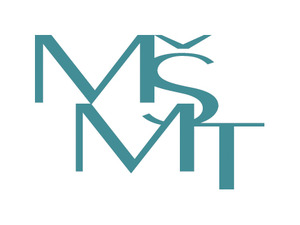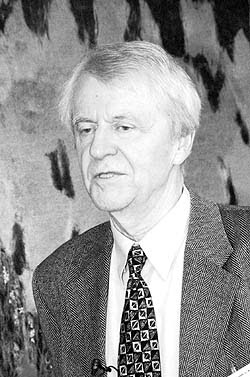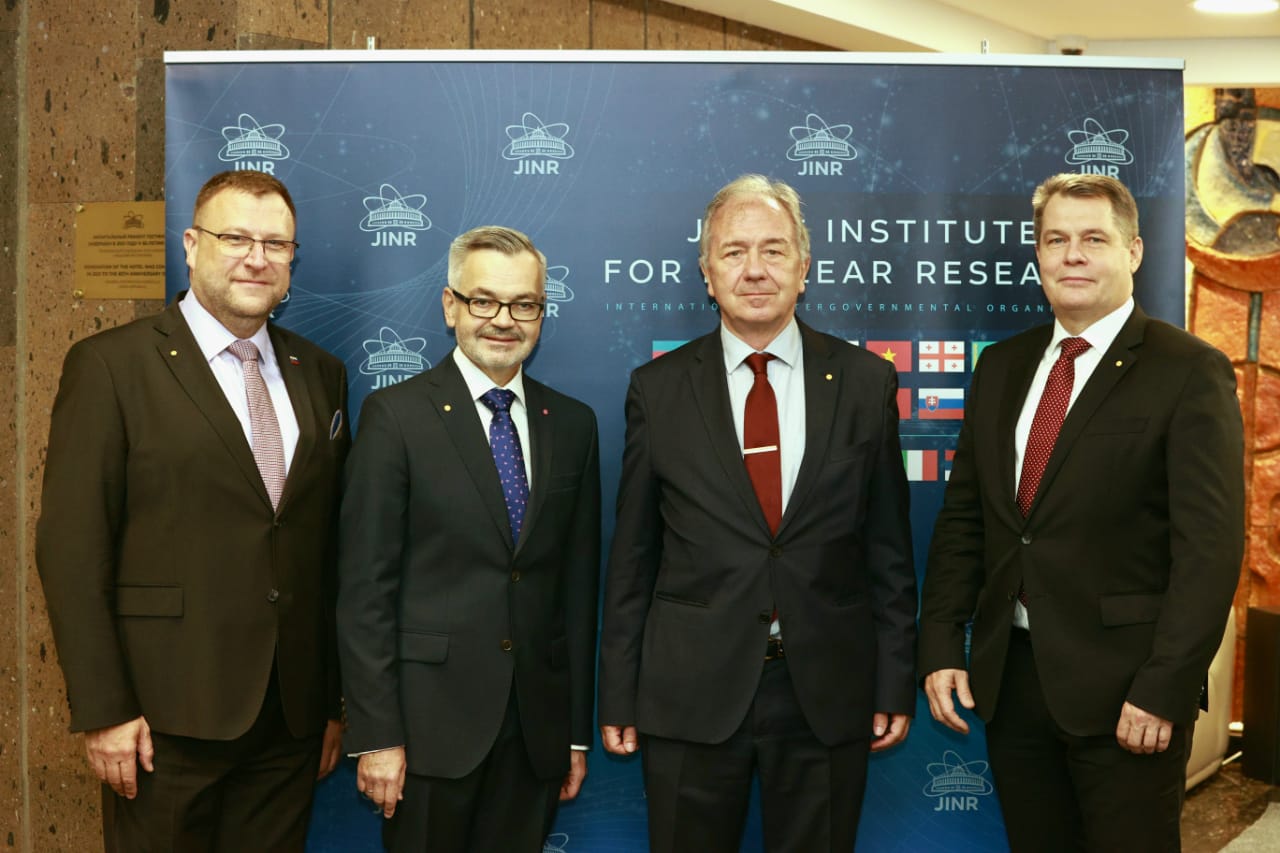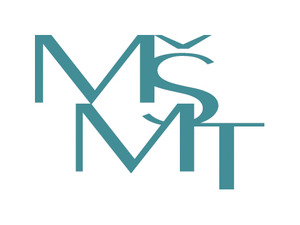Recent results of the study of ADS with 500 kg natural uranium target assembly QUINTA irradiated by deuterons with energies from 1 to 8 GeV at JINR NUCLOTRON
Author
| Furman W. | JINR |
| Adam Jindřich, promovaný fyzik Csc. | Nuclear Physics Institute of the ASCR, JINR Dubna |
| Závorka Lukáš, Ing. | Faculty of Nuclear Sciences and Physical Engineering, JINR Dubna |
| Suchopár M. | Nuclear Physics Institute of the ASCR |
| Svoboda O. | Nuclear Physics Institute of the ASCR |
| Vrzalová Jitka, Ing. | Nuclear Physics Institute of the ASCR, JINR Dubna |
| Wagner Vladimír, RNDr. CSc. | Nuclear Physics Institute of the ASCR |
| et al. | different institutions |
Year
2012
Scientific journal
Proceedings of Science
Web
Abstract
XXI International Baldin Seminar on High Energy Physics Problems, 2012
The study of basic properties of the ADS presented in the previous Baldin seminar was continued during the 2011-2012. For these experiments, uranium target assembly has been upgraded: the entrance window was created to reduce the albedo of the incident beam and a section was added to keep the effective mass of uranium to the beam axis. The newtarget assembly with a mass of 500 kg of natural uranium metal (diameter ~30cm and length 65cm) as named QUINTA. During the three runs of JINR NUCLOTRON the target assembly (TA) QUINTA was irradiated by deuterons with energies from 1 to 8 GeV and the total number of deuterons on the targetof (3-5) 10^13 for each energy.
The energy spectra of prompt neutrons inside and outside the target assembly and the time spectra of delayed neutrons (DN) between accelerator burstswere measured. Beside that the spatial distributions of fission rates inside TA have been measured with aidof solid state track detectors and independently by activation method. The last method was used for measurements of 239Pu nuclei production. All these measurements were made with the original TA QUINTA as well as with TA surrounded by a 10 cm thick lead blanket.
Total numbers of fissions and produced 239Pu nuclei were obtained by integration over QUINTA volume and normalized to one incident deuteron and one GeV. Both these numbers were constant within experimental errors of about 15 % for the deuteron energy range (1-8) GeV. In measurements with a lead blanket the absolute amount of produced 239 Pu nuclei increased by about 50% but staying constant in studied deuteron energy range, while the numbers of fissions remained virtually unchanged The group analysis of DN time spectra indicates a growth in the average energy of the neutrons initiating fission of target nuclei from 15 to ~ 40 MeV with an increase in energy of the incident deuterons from 1 to 8 GeV. This result should be verified by experiments planned at the end of 2012.
The study of basic properties of the ADS presented in the previous Baldin seminar was continued during the 2011-2012. For these experiments, uranium target assembly has been upgraded: the entrance window was created to reduce the albedo of the incident beam and a section was added to keep the effective mass of uranium to the beam axis. The newtarget assembly with a mass of 500 kg of natural uranium metal (diameter ~30cm and length 65cm) as named QUINTA. During the three runs of JINR NUCLOTRON the target assembly (TA) QUINTA was irradiated by deuterons with energies from 1 to 8 GeV and the total number of deuterons on the targetof (3-5) 10^13 for each energy.
The energy spectra of prompt neutrons inside and outside the target assembly and the time spectra of delayed neutrons (DN) between accelerator burstswere measured. Beside that the spatial distributions of fission rates inside TA have been measured with aidof solid state track detectors and independently by activation method. The last method was used for measurements of 239Pu nuclei production. All these measurements were made with the original TA QUINTA as well as with TA surrounded by a 10 cm thick lead blanket.
Total numbers of fissions and produced 239Pu nuclei were obtained by integration over QUINTA volume and normalized to one incident deuteron and one GeV. Both these numbers were constant within experimental errors of about 15 % for the deuteron energy range (1-8) GeV. In measurements with a lead blanket the absolute amount of produced 239 Pu nuclei increased by about 50% but staying constant in studied deuteron energy range, while the numbers of fissions remained virtually unchanged The group analysis of DN time spectra indicates a growth in the average energy of the neutrons initiating fission of target nuclei from 15 to ~ 40 MeV with an increase in energy of the incident deuterons from 1 to 8 GeV. This result should be verified by experiments planned at the end of 2012.
Cite article as:
W. Furman, J. Adam, L. Závorka, M. Suchopár, O. Svoboda, J. Vrzalová, V. Wagner, . et al., "Recent results of the study of ADS with 500 kg natural uranium target assembly QUINTA irradiated by deuterons with energies from 1 to 8 GeV at JINR NUCLOTRON", Proceedings of Science (2012)


 MINISTR ŠKOLSTVÍ KE SPOLUPRÁCI ČR S SÚJV
MINISTR ŠKOLSTVÍ KE SPOLUPRÁCI ČR S SÚJV INTEREST JINR, Wave 6
INTEREST JINR, Wave 6 The passing of Ivo Zvára
The passing of Ivo Zvára Call for the projects solved in collaboration with JINR (Projects 3+3)
Call for the projects solved in collaboration with JINR (Projects 3+3)  Call for the Grants of the Plenipotentiary of the Government of the Czech Republic in JINR
Call for the Grants of the Plenipotentiary of the Government of the Czech Republic in JINR Czech Ambassador in Russia visited JINR
Czech Ambassador in Russia visited JINR INTEREST JINR, Wave 5
INTEREST JINR, Wave 5 Russia Visa Centre
Russia Visa Centre Working Stays CR - JINR 2022
Working Stays CR - JINR 2022